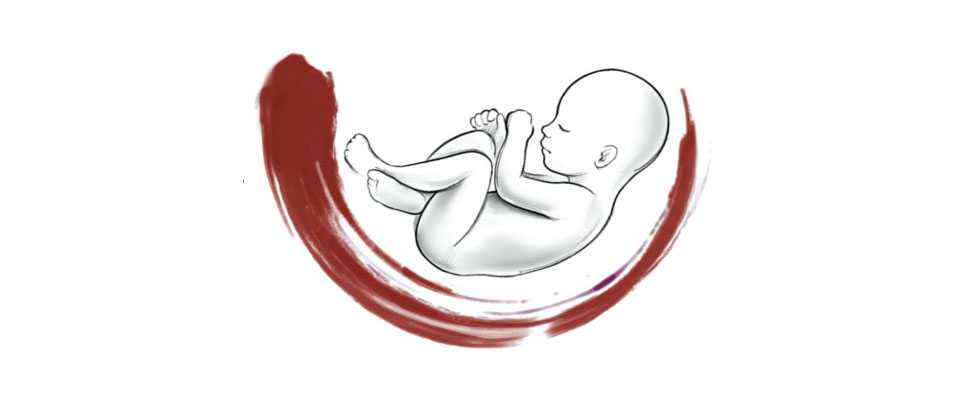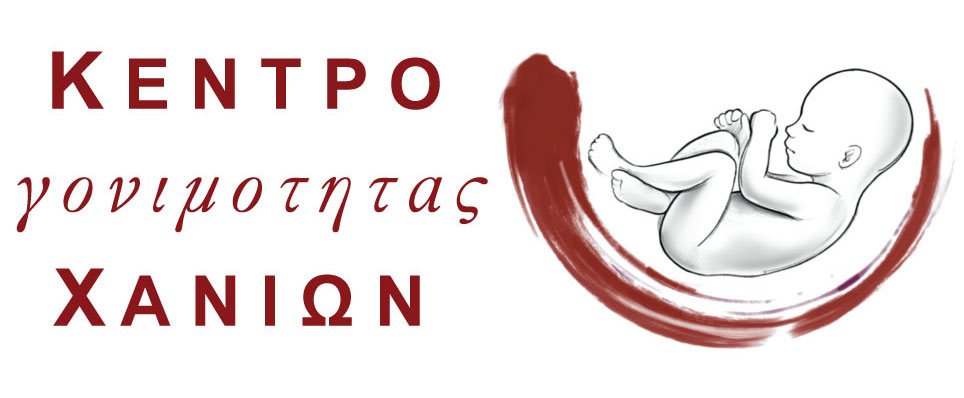
Oocyte Cryopreservation
Oocyte Cryopreservation, or Egg Freezing, is a procedure in which the eggs of a woman can be frozen for use in future preserving her fertility.
Oocyte cryopreservation has become a revolutionary method for women and couples who are not ready or unable to become pregnant currently. This process involves extracting, freezing, and storing an egg in an oocyte bank for future conception. Known as vitrification, this method is also commonly called egg freezing.
When the woman decides she is ready for pregnancy, fertility specialists can use the sperm injection treatment (ICSI) to defrost the eggs and utilize them for IVF. They then culture-grow the fertilized thawed frozen eggs and implant the quality embryos.
For whom is Oocyte Cryopreservation suggested?
Oocyte cryopreservation is an excellent option in situations where a woman may be aging, facing imminent cancer treatment, dealing with a medical condition that could prematurely destroy her eggs, or when an infertile couple prefers not to create and store excess embryos. Yet, the female partner has produced surplus viable eggs through IVF. This method allows for preserving a woman’s viable eggs for future use.
In which way are the eggs retrieved in Oocyte Cryopreservation?
The procedure to obtain eggs for IVF (In Vitro Fertilization) mirrors retrieving an egg for vitrification preparation. This includes the two to four weeks a woman typically spends receiving hormone treatments to boost egg production, monitoring her eggs to determine the exact moment they mature, and then surgically removing the eggs once they reach this point. However, unlike in conventional IVF, patients undergoing oocyte vitrification have their eggs frozen immediately after retrieval rather than being fertilized following egg removal.
Does Vitrification have any risks?
Since cells mostly contain water, some worry that freezing could damage the egg by forming ice fragments. However, fertility specialists eliminate this risk with vitrification by drying the egg before freezing it after its removal. Vitrification ensures the safety of the egg because fertility specialists replace the water in the cell with a cryoprotectant, preventing ice crystal formation.


